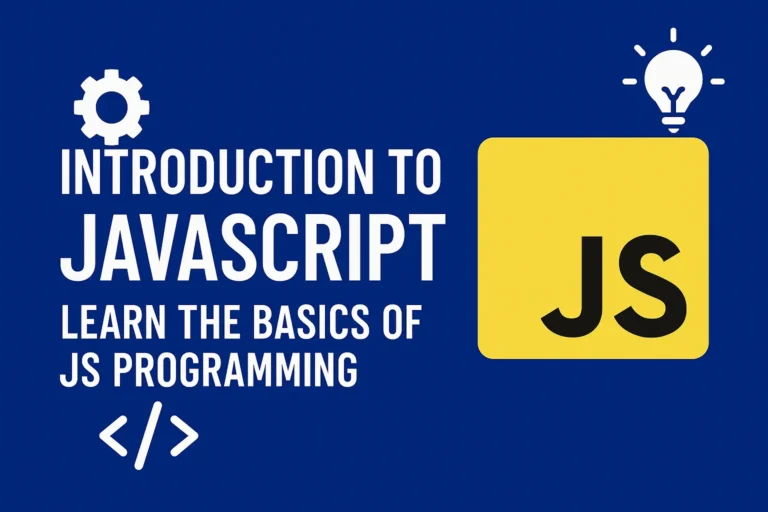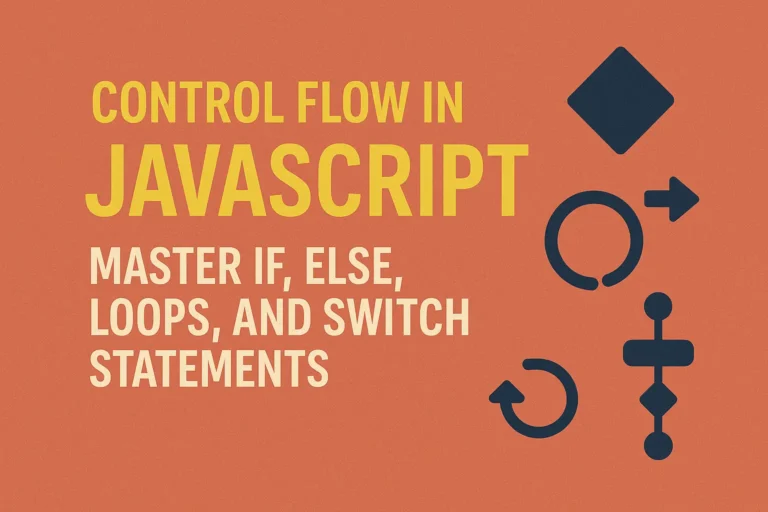Introduced in ECMAScript 6 (ES6), promises provide a clean and intuitive way to deal with asynchronous code, making it easier to write, understand, and maintain. In this comprehensive guide, we will delve into the intricacies of JavaScript promises, covering everything from their creation to consumption, and provide illustrative code examples along the way.
Understanding Promises
At its core, a promise is an object representing the eventual completion or failure of an asynchronous operation. It allows you to associate handlers with an asynchronous action’s eventual success value or failure reason. A promise can be in one of three states:
Pending: Initial state, neither fulfilled nor rejected.
Fulfilled: The operation completed successfully.
Rejected: The operation failed.
Promises are immutable, meaning their state cannot be changed once set. However, they provide methods for attaching callbacks to handle the eventual success or failure of the asynchronous operation.
Creating Promises
Creating a promise is straightforward. You construct a promise using the Promise constructor, passing a function with resolve and reject parameters. Inside this function, you perform the asynchronous operation and call resolve when it succeeds or reject when it fails.
const myPromise = new Promise((resolve, reject) => {
// Asynchronous operation
setTimeout(() => {
// Simulating success
const data = 'Promise resolved successfully';
resolve(data);
}, 2000);
});
In the above example, we create a promise that resolves after a delay of 2 seconds. Once resolved, it returns the string ‘Promise resolved successfully‘.
Consuming Promises
Consuming promises involves attaching callbacks using the then method to handle the fulfillment of the promise or the catch method to handle any errors.
myPromise
.then(data => {
console.log(data); // Output: Promise resolved successfully
})
.catch(error => {
console.error(error);
});
Here, the then method handles the fulfillment of the promise, logging the resolved data to the console. If the promise is rejected, the catch method catches the error and logs it.
Chaining Promises
One of the most powerful features of promises is the ability to chain them together, allowing for sequential asynchronous operations.
const fetchData = () => {
return new Promise((resolve, reject) => {
// Asynchronous operation
setTimeout(() => {
// Simulating success
const data = 'Data fetched successfully';
resolve(data);
}, 2000);
});
};
fetchData()
.then(data => {
console.log(data); // Output: Data fetched successfully
return processData(data); // Assuming processData is another asynchronous function
})
.then(processedData => {
console.log(processedData);
})
.catch(error => {
console.error(error);
});
In this example, fetchData returns a promise that resolves after fetching data. We chain a then method to perform some processing on the fetched data. If any promise in the chain rejects, the control jumps to the nearest catch block.
Error Handling
Error handling is an essential aspect of promises. You can handle errors either globally using a single catch block at the end of the chain or locally for each individual promise.
fetchData()
.then(data => {
// Processing data
return processData(data);
})
.then(processedData => {
// Further processing
return processMore(processedData);
})
.catch(error => {
console.error(error); // Handle any errors in the chain
});
Conclusion
JavaScript promises offer a robust solution for handling asynchronous operations, providing a clean and intuitive interface. By mastering promises, you can write asynchronous code that is easier to understand, maintain, and debug. Whether you’re fetching data from an API, performing complex computations, or executing multiple tasks sequentially, promises empower you to handle asynchronous operations with confidence and clarity.
In this guide, we’ve covered the basics of creating and consuming promises, chaining them together, and handling errors effectively. Armed with this knowledge and the provided code examples, you’re well-equipped to harness the full potential of JavaScript promises in your projects. Happy coding!






